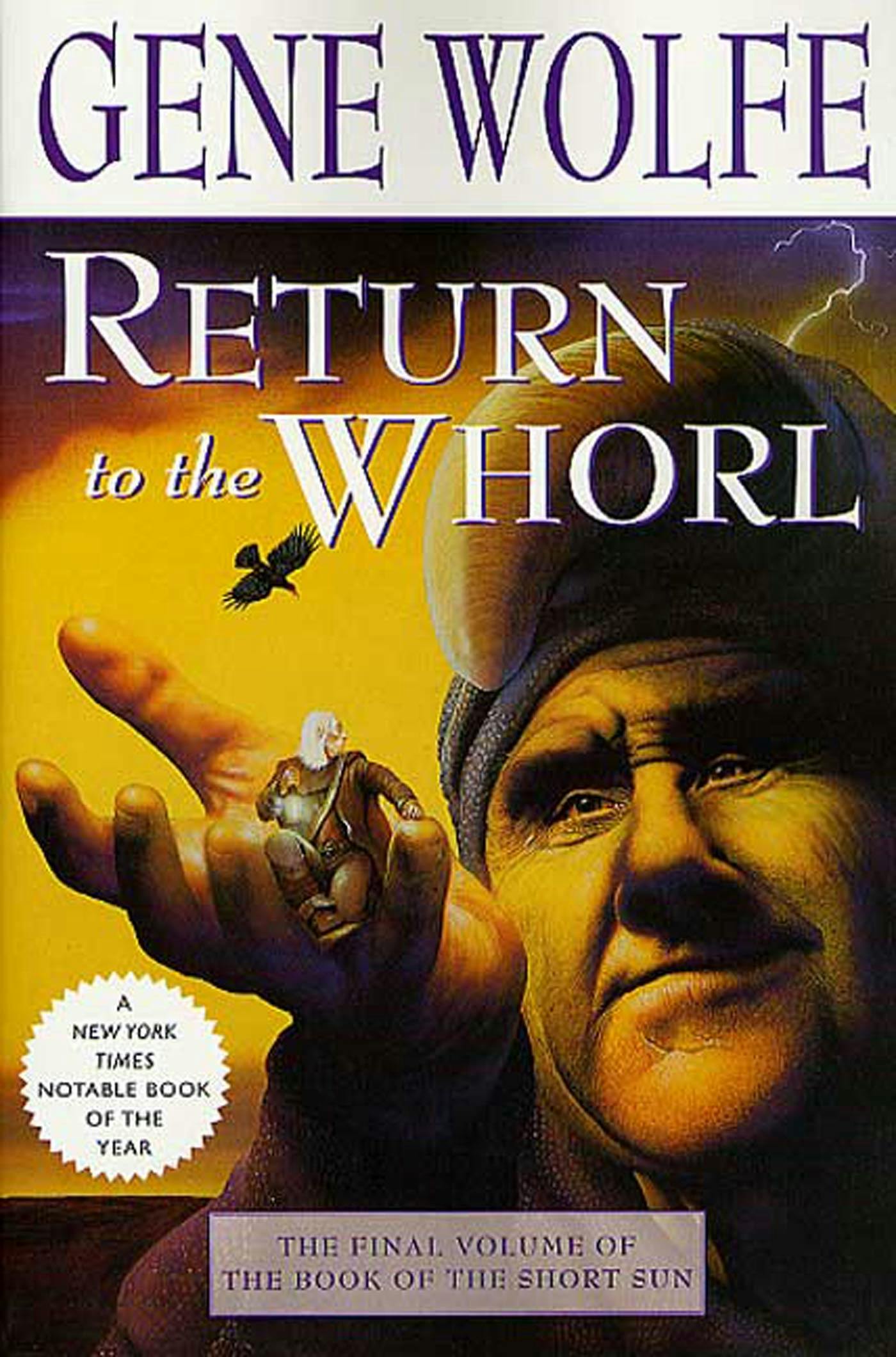
entirely his own"-is The Book of the New Sun's incorporation of the monomyth, "the Ur-action-adventure formula" of which "Joseph Campbell's The Hero with a Thousand Faces is probably the most exhaustive, subtle, sophisticated, and spiritually aware explication" (Spinrad, 151). One of the many sides of Severian's tale-that literary tradition and accepted model to which Wolfe is "compelled to bow," yet to which he still adds "some feature.

Much later-after listening to Loyal to the Group of Seventeen's story, "The Just Man"-Severian realizes "once again what a many-sided thing is the telling of any tale" (Citadel, 84). A fallen torturer who eventually ascends to the throne of the Autarch-"the legitimate head of the whole of" Urth who, nonetheless, "ran only a small part of it," a continent that, several million years in the future, occupies the region of the globe that is now South America (Urth, 20)-Severian at one point compares the executioner's art to the writer's: He observes, "Those who have paid the carnifax to make the act a painless or a painful one may be likened to the literary traditions and accepted models to which I am now compelled to bow," yet he notes that the artist "must add to the execution some feature however small that is entirely his own and that he will never repeat "(Shadow, 241-42).

The text is a fictitious autobiography, and Severian, its ostensible author and protagonist, often reflects on the task of writing.


A single, continuous narrative initially published in four volumes-The Shadow of the Torturer (1980), The Claw of the Conciliator (1981), The Sword of the Lictor (1981), and The Citadel of the Autarch (1982)-and followed by a sequel, The Urth of the New Sun (1987), The Book of the New Sun is Gene Wolfe's science fiction masterpiece.


 0 kommentar(er)
0 kommentar(er)
